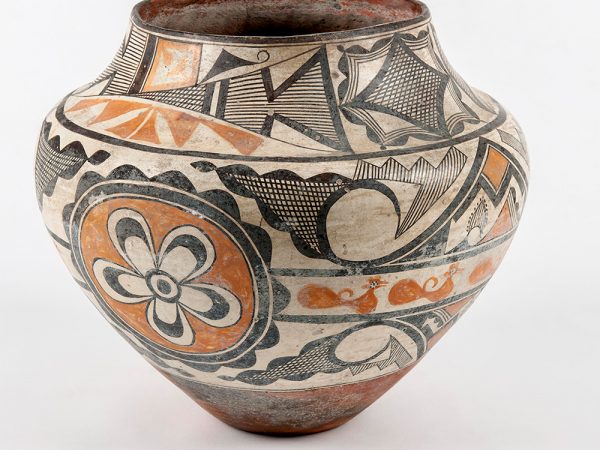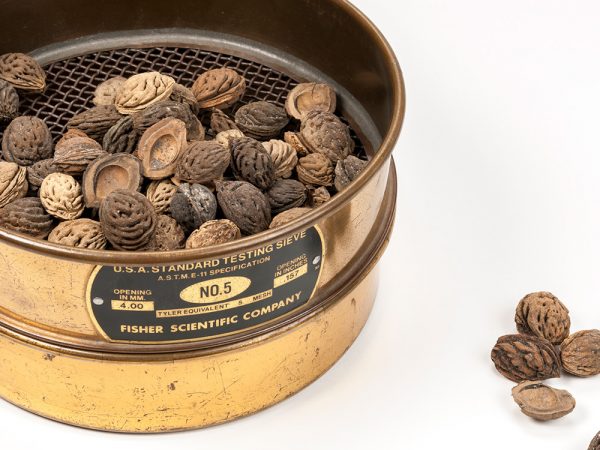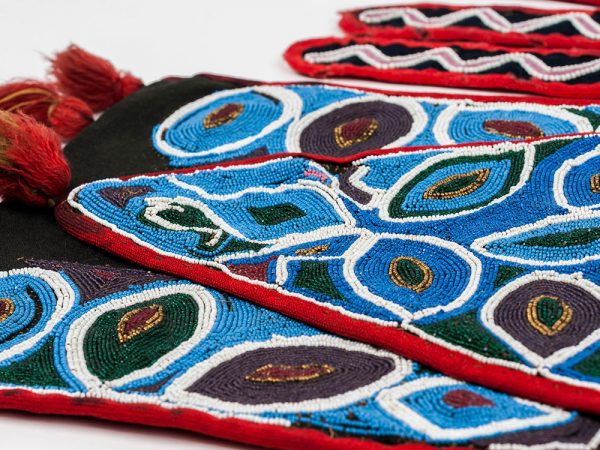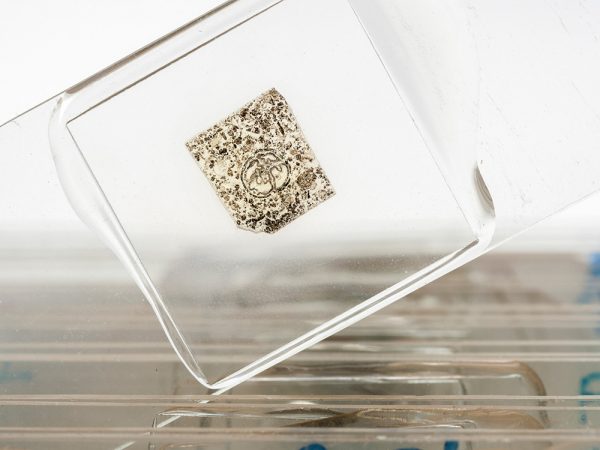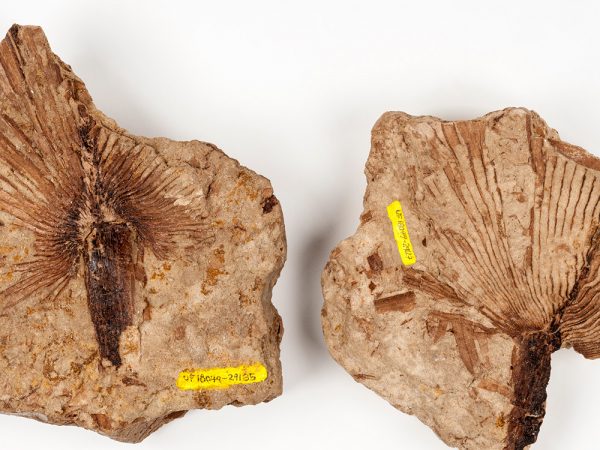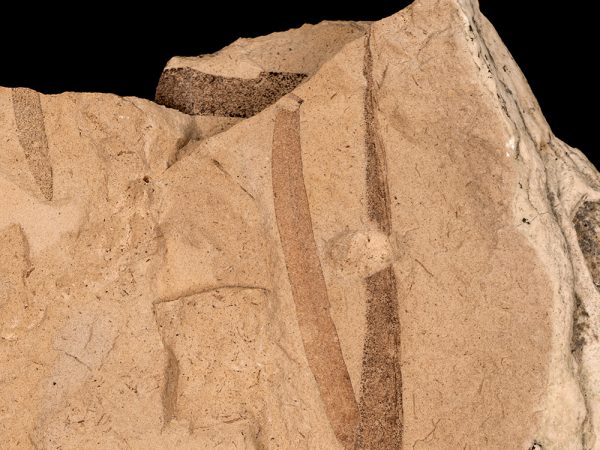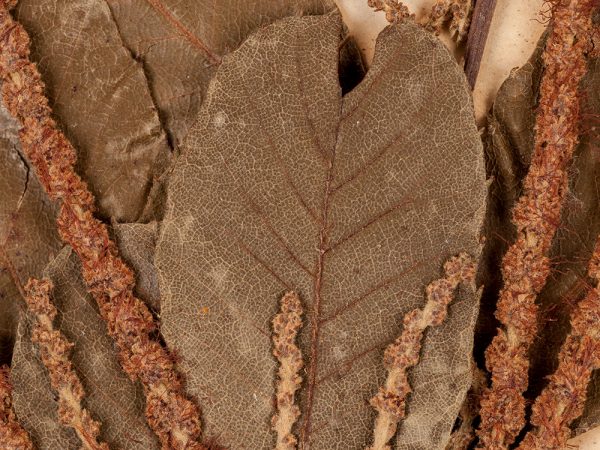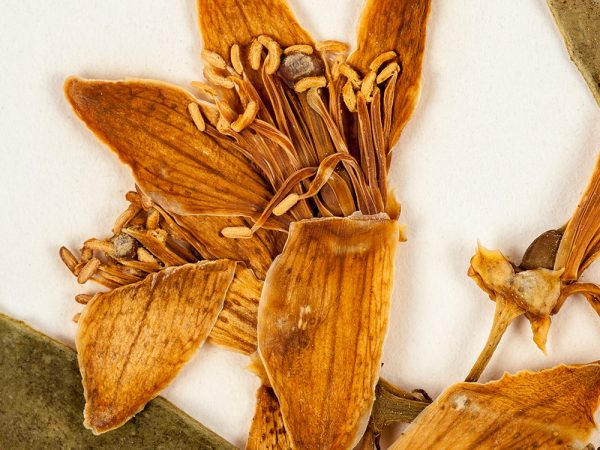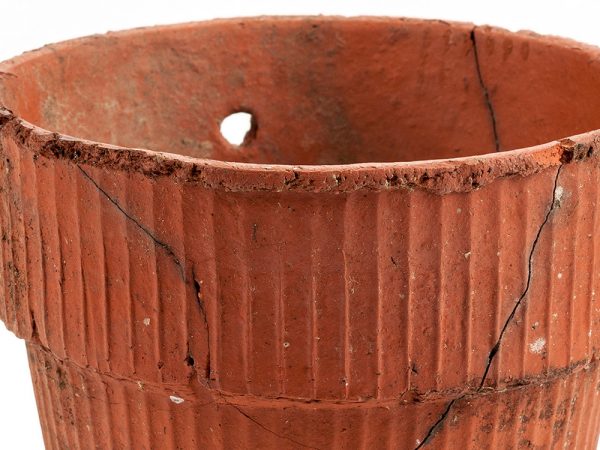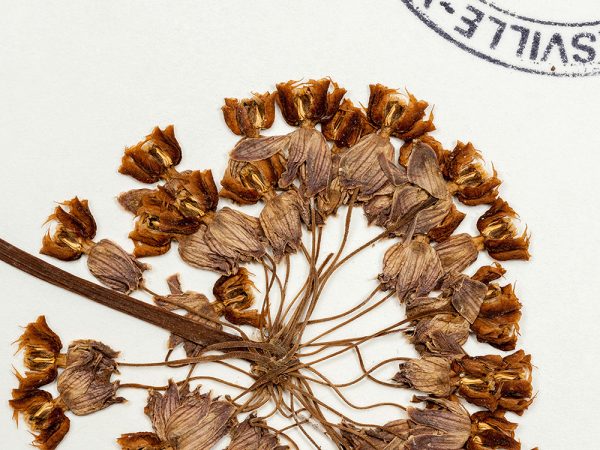Ceramic Water Jar
Acoma pottery is distinguished by very thin walls, a difficult technical achievement without the use of the potter’s wheel. This…
Read More
Peach Pits
Spaniards introduced many new plants to the Americas. Peaches adapted easily and spread rapidly across the Southeast once adopted by…
Read More
Shoulder Bag
This object is on permanent display in the South Florida People & Environments exhibit, located in the “Indian People in…
Read More
World’s Oldest Grape Fossil
Museum scientists discovered that fossil grape seeds from India are almost 10 million years older than those from Europe and…
Read More
Fossil Palm
Fossil plants from Alum Bluff represent a time when Florida’s climate was warmer and sea level was higher. In 1916…
Read More
Fossil Seagrass
Seagrass meadows have functioned as critical nurseries for tens of millions of years, providing food and protection for many organisms….
Read More
Peter Rolfs Collection
The Museum’s Herbarium was established by Peter Rolfs in 1891 at Florida Agricultural College in Lake City. Later transferred to…
Read More
Orange Blossom
Spaniards brought citrus to the Americas in the 15th century and orange trees became common in Spanish colonial gardens. Citrus…
Read More
General Kirby Smith Collection
Kirby Smith was a Confederate general, amateur botanist and academic. He collected plants wherever he was stationed during his long…
Read More
